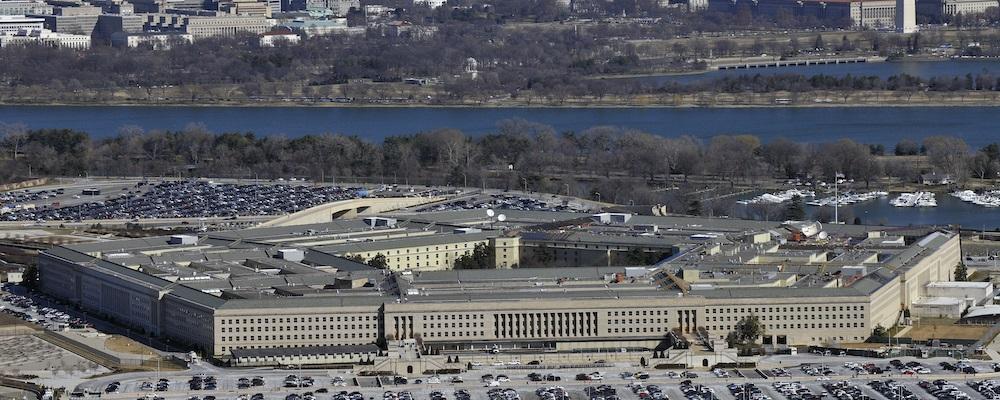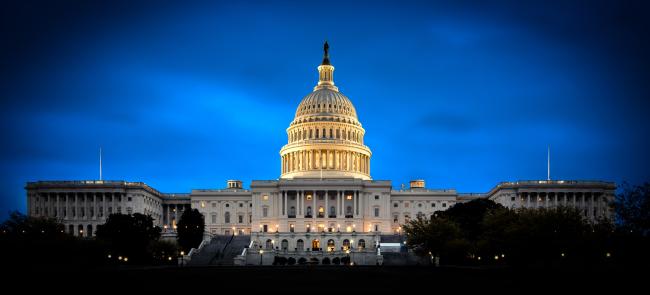
Continued budget gridlock would degrade readiness, hurt service members and their families, squander purchasing power, and sabotage the U.S. military’s efforts to compete with China, Pentagon leaders told Congress last week.
Without approved fiscal 2022 spending in place, the Defense Department, like the rest of the U.S. government, is operating on a continuing resolution, which freezes spending at the previous year's level and prohibits new starts for contracts or programs.
This wreaks havoc on recruiting, retention and personnel moves among many other adverse impacts, officials told the House Appropriations Defense Subcommittee.
The CR runs out Feb. 18. Congress has until then to agree on a spending plan or approve another CR for some or the rest of the fiscal year, which runs out at the end of September.
A full-year continuing resolution "would move us in the wrong direction and leave us stuck in the wrong place," Michael J. McCord, the department's comptroller, said during video testimony before the panel. The service chiefs also testified.
Under a full-year CR, the Pentagon would lose an estimated $24 billion in purchasing power overall, and $3 billion allocated for Afghan forces last year is “basically not usable now” because DoD doesn’t have the authority to move it elsewhere, McCord said.
A CR would also force a $5 billion cut from military personnel accounts. The Pentagon would have to raid other accounts to pay "the cost of a well-deserved pay raise and other statutory housing and subsistence increases for the troops," he said. "This means that … we will be forced to take actions such as delaying and suspending permanent change of station moves for our people and delaying accessions of new troops, which disrupt our training pipeline."
A continuing resolution would also leave the department another $5.3 billion below requested levels in operations accounts.
"We would almost certainly have to defer training and readiness and take greater risk in our facilities maintenance, especially if we endeavor to avoid any furloughs of our civilian workforce, because civilian[s] pay a very large part of the operating accounts," McCord said.
In addition, each of the service chief had a chance to explain the impact of a year-round CR on their forces.
For example, the Air Force would lose $3.5 billion in purchasing power, according Gen. Charles Q. Brown Jr., the service’s chief.
“A year-long CR allows our adversary just to continue their acceleration while we are, I would say, stuck in neutral,” he said.
Eleven military association and defense trade groups, including NGAUS, also urged Congress to agree on a spending plan in a joint letter to Democratic and Republican leaders.
“It would be a devastating signal to send to our warfighters, their families, our allies and partners, and the dedicated industries that support them, if Congress cannot provide adequate funding for FY22 in a timely fashion,” the Jan. 11 letter reads.
During the hearing, Democrats and Republicans accused each other of intransigence on federal spending bills.










